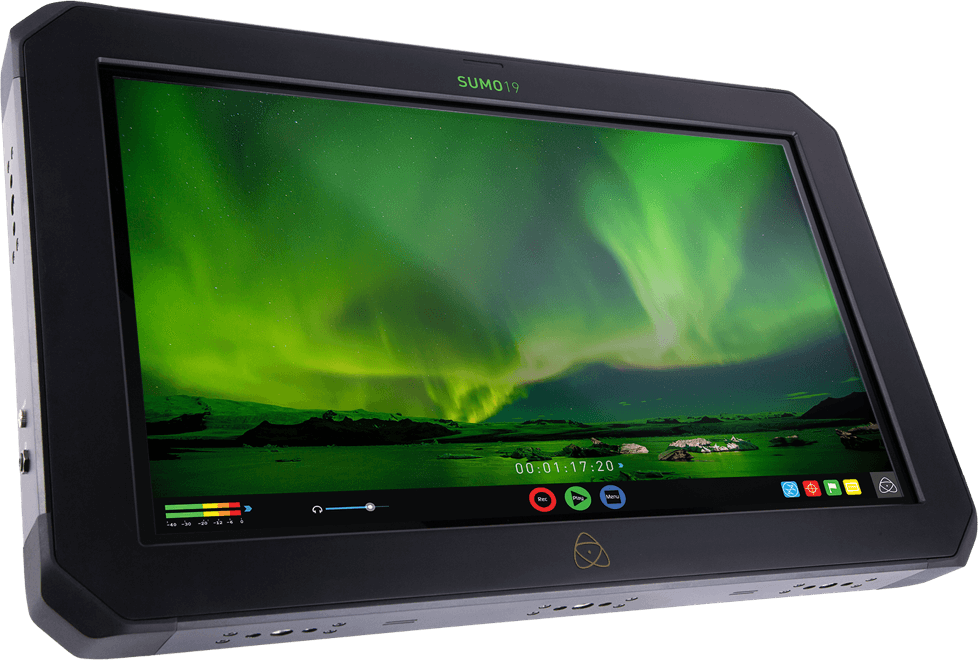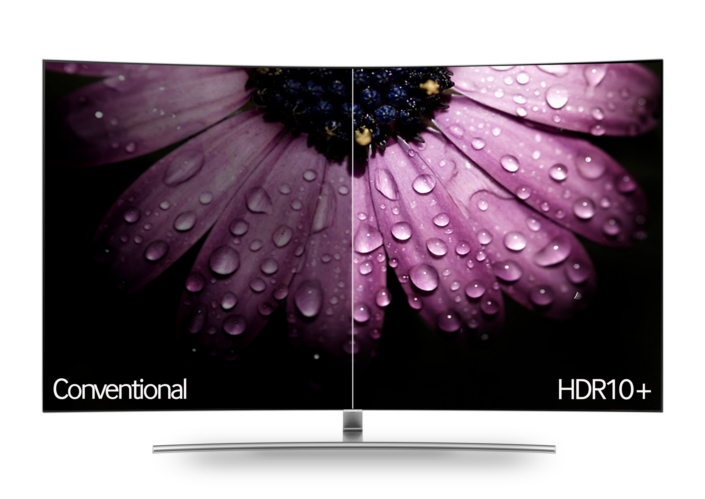The future is bright at NAB this year, as everyone from camera manufacturers and display vendors to post-production software providers scrambles to make sure all the pieces are in place for painless HDR workflow.
AJA, for instance, started the show off on the right foot with its announcement of the new FS-HDR real-time converter, developed in partnership with Colorfront. The FS-HDR is a 1RU box that takes in a wide range of inputs, including log formats from ARRI, Canon, Panasonic, Red and Sony cameras, and outputs Rec. 709 SDR, PQ ST 2084 Rec. 2020 and HLG Rec. 2100. That’s a boon for workflows that require handling both HDR and SDR. Additionally, it bundles in all of the cross-conversion capabilities you’d expect from this kind of AJA box, including 4K, UHD, 2K and HD conversion and frame synchronization.
AJA licensed the Colorfront Engine, which powers the unit’s HDR and wide color gamut processing, from Colorfront. Unfortunately, the FS-HDR was shown at NAB as a “tech preview,” meaning firm news on pricing and availability is still some way off.
Sony had started talking HDR even before NAB, with moves that included announcing a new XAVC recording mode for its PWS-4500 4K live server that will be enabled in a future software upgrade to improve HDR image quality. And at the show, Sony said its new 16-bit X-OCN camera format, designed in part to improve HDR imaging from its F55 and F5 cameras, was being supported by companies including Assimilate, Autodesk, Avid, Blackmagic Design, Colorfront, Filmlight, Grass Valley, Nablet, Pomfort and SGO.
In order to capture great HDR images, it helps to be able to monitor them properly. Atomos continued its push into HDR monitoring with the super-sized 19-inch Sumo monitor-recorder, rated as a 1200-nit 10+ stop panel on a box offering 4K 12-bit raw or 10-bit ProRes or DNxHR recording. And because it’s larger than other Atomos offerings to date, the Sumo is being promoted as a solution for on-set workflow as well as monitoring in the studio.
But it wasn’t all sweetness and light in HDRland. Many observers have griped that the existence of different HDR formats — mainly the high-profile Dolby Vision, which boasts the use of dynamic metadata technology to allow image adjustments on a scene-by-scene basis — confuses consumers and could slow adoption of HDR. On the eve of NAB, Samsung Electronics and Amazon Video announced yet another HDR standard, HDR10+, that also includes dynamic metadata. HDR10+ is being introduced as an open standard, which could take some of the luster off Dolby Vision (and Dolby’s licensing fees). And Colorfront was quick to announce that its Transkoder 2017, now in beta, supports HDR10+.
As usual in this business, the picture remains muddy until the standards shake out. For consumers who worry about an HDR format war, there is a silver lining: Samsung says all of its 2017 UHD TVs already support HDR10+, and support will be added to the company’s 2016 UHD TVs through a firmware update later this year. That raises hope that some other manufacturers could enable the new format through similar upgrades — assuming any of them decide to follow Samsung’s lead. Stay tuned; it’ll take a while for all this to shake out.


